The British farmers producing top quality food and taking on intensive farming – and veganism
Meet the new generation of farmers who are switching from commercial farming to Regenerative Agriculture. In this system meat and dairy is often a by-product of their efforts to save the planet...

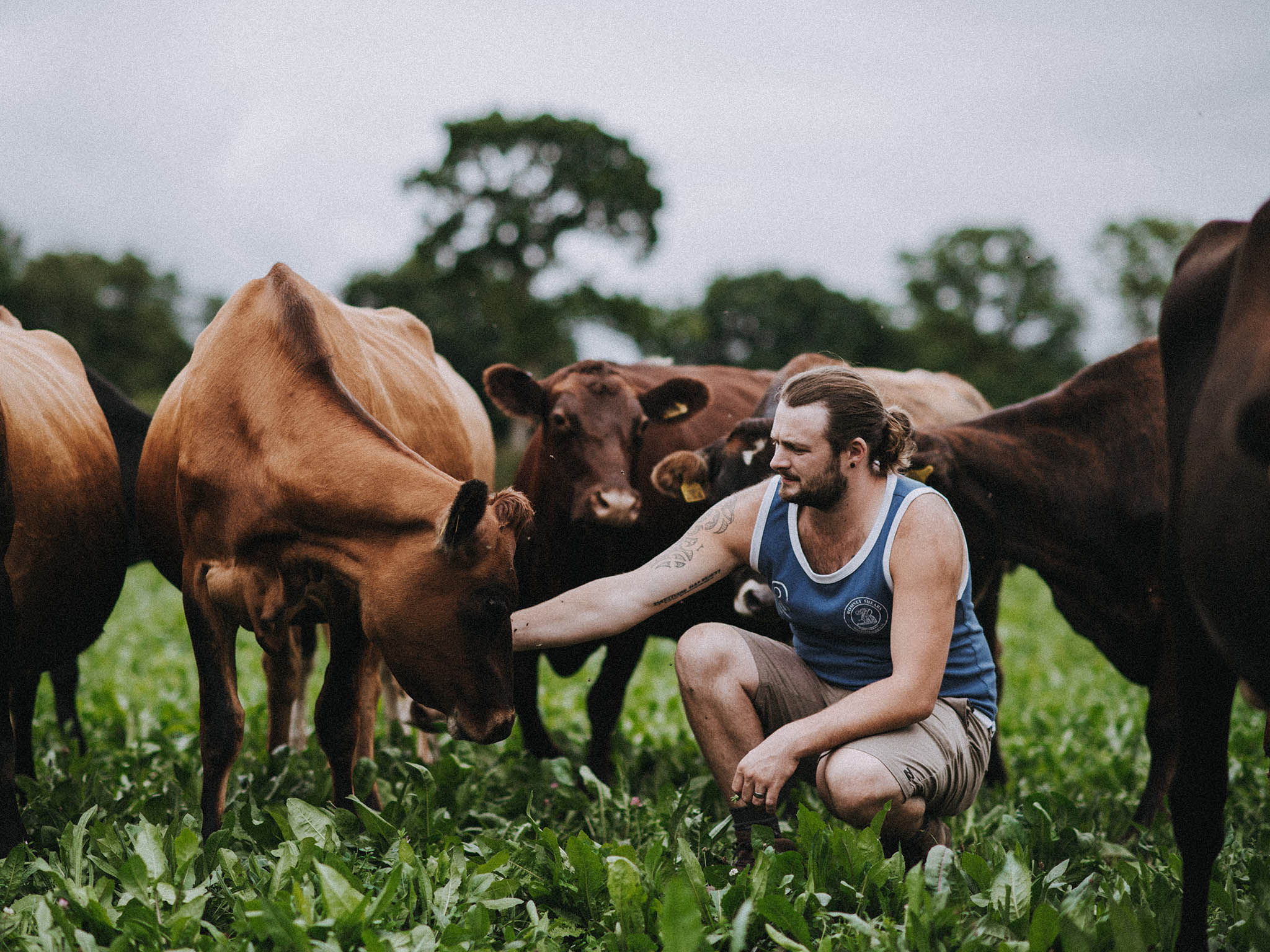
Your support helps us to tell the story
This election is still a dead heat, according to most polls. In a fight with such wafer-thin margins, we need reporters on the ground talking to the people Trump and Harris are courting. Your support allows us to keep sending journalists to the story.
The Independent is trusted by 27 million Americans from across the entire political spectrum every month. Unlike many other quality news outlets, we choose not to lock you out of our reporting and analysis with paywalls. But quality journalism must still be paid for.
Help us keep bring these critical stories to light. Your support makes all the difference.
“I can’t remember when I last had the day off. I work all the time and I’m exhausted.”
Ed Hooper sounds like any one of us. But you would never guess his solution to the problem – to defrost The General’s sperm, frozen in the 1970s.
The General was Hooper’s grandfather’s award-winning Hereford bull, which is now a rare breed.
Like many farmers, the family had since switched to faster growing breeds of cattle more suitable for supermarket appetites, but his grandmother kept some of the bull’s semen – for prosperity.
“As a commercial farmer you have to farm to specific targets.
This is farming with biology rather than chemistry that will increase the biodiversity of the farm and eventually require less physical input
A supermarket wants 380 kilos dead weight with a particular fat coverage and for the cow to be under 30 months old,” says Hooper.
“All these targets don’t make for good quality beef. It creates a culture of pushing the animal by increasing their grain intake – and growing maize is pretty crap for the soil.”
Hooper and his wife, Nicola, now have eight of the smaller, docile but hardy Herefords and are in the process of setting up Trefrawl Farm to farm them completely differently to the conventional model – free-range and on a diet that comprises 95 per cent grass and five per cent of cereals grown on the farm.
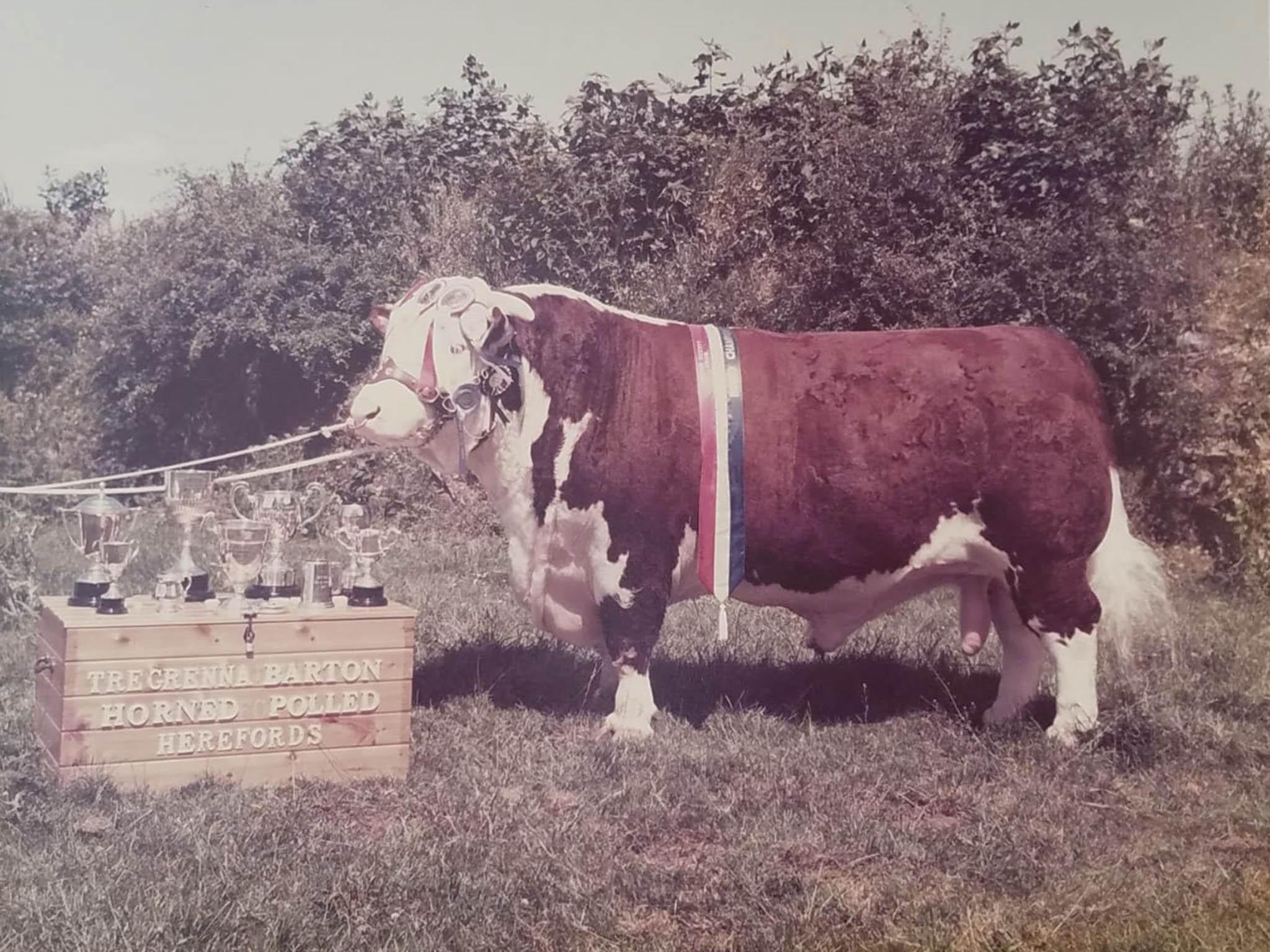
For the Hoopers this is farming with biology rather than chemistry. It will increase the biodiversity of the farm. It will, eventually, also require less physical input because the cows live naturally outside, grazing and fertilising the land.
Their family is about to go full circle, back to breeding native breeds for quality of beef rather than quantity – just like their grandfather did.
And they’re not the only ones making the switch.
Unconventional farming
“There is a growing body of evidence to show how well managed soils using grazing animals can contribute to reverse global warming,” says Fidelity Weston from Romshed Farm and vice-chair of Pasture for Life.
These farmers are challenging the notion that we need intensive farming, as 70 per cent of the world’s food is produced by smallholder farms
“In a country such as the UK where 60 per cent of land is grass, it makes sense to graze sheep and cattle on pasture rather than feeding them on cereals.”
These farmers are also challenging the notion that we need intensive farming to feed the world, when, in fact, 70 per cent of the world’s food is produced by smallholder farms.
Intensively reared, grain-fed livestock consumes one-third of all cereal production, meaning it takes around 7-8kg of cereal to produce 1kg of beef.
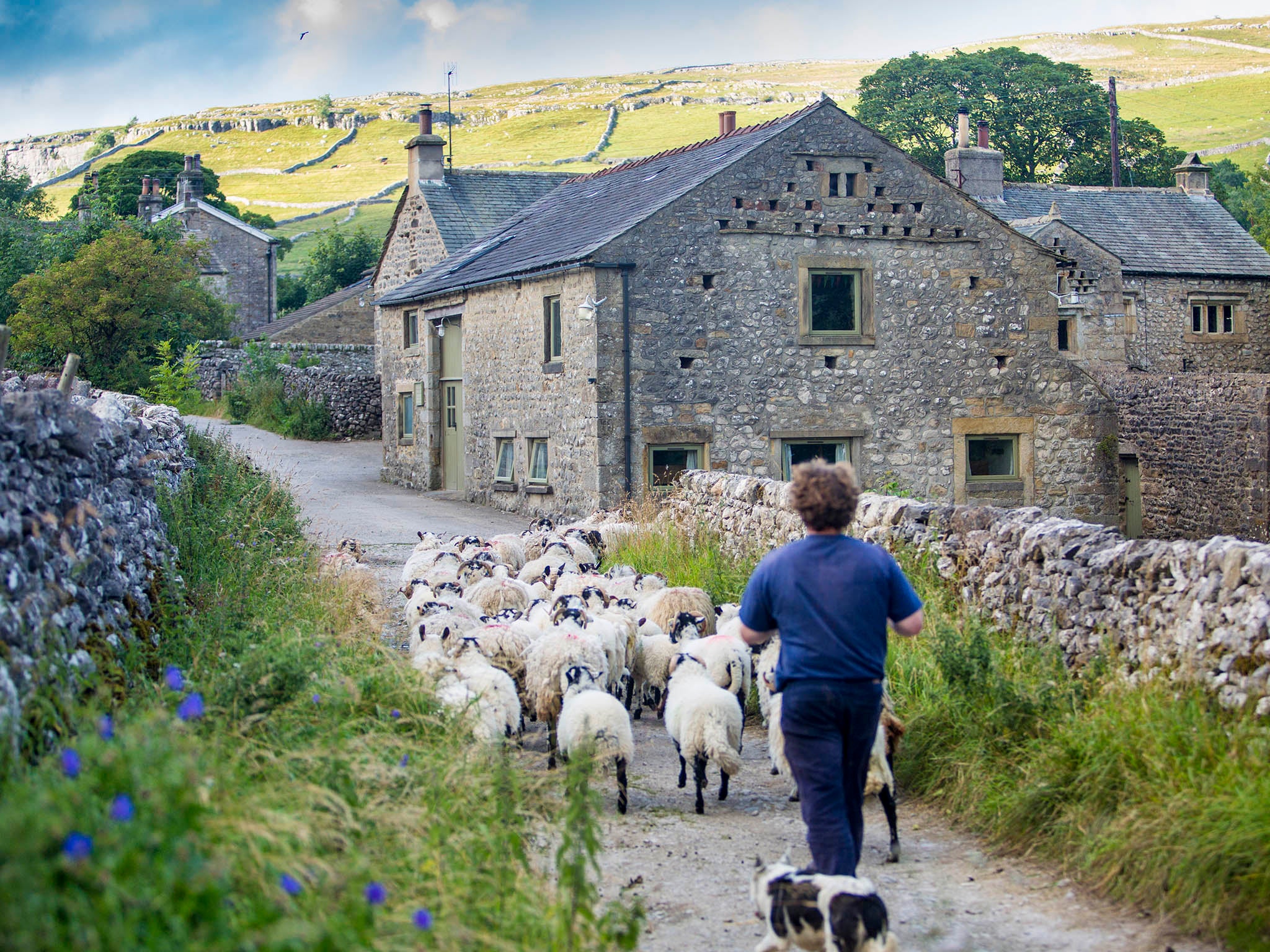
The Ten Years For Agroecology report by European think tank IDDRI, which specialises in biodiversity and ecosystems, says if we were to stop feeding all animals with cereals we could feed the growing population of Europe in 2050 on organic farming methods.
This mirrors a 2013 report by the Food and Agriculture Organisation of the United Nations that shows how this could be achieved at a global level.
For meat eaters, this style of production ticks all the right boxes – it has much higher standards of animal welfare, it’s better for the environment and it’s healthier, too.
Pasture for Life meat tends to be lower in total fat. It also contains more omega-3 fatty acids compared to omega-6 fatty acids, the reverse of which is thought to be a leading driver of modern diseases such as heart disease, diabetes, and Alzheimer's.
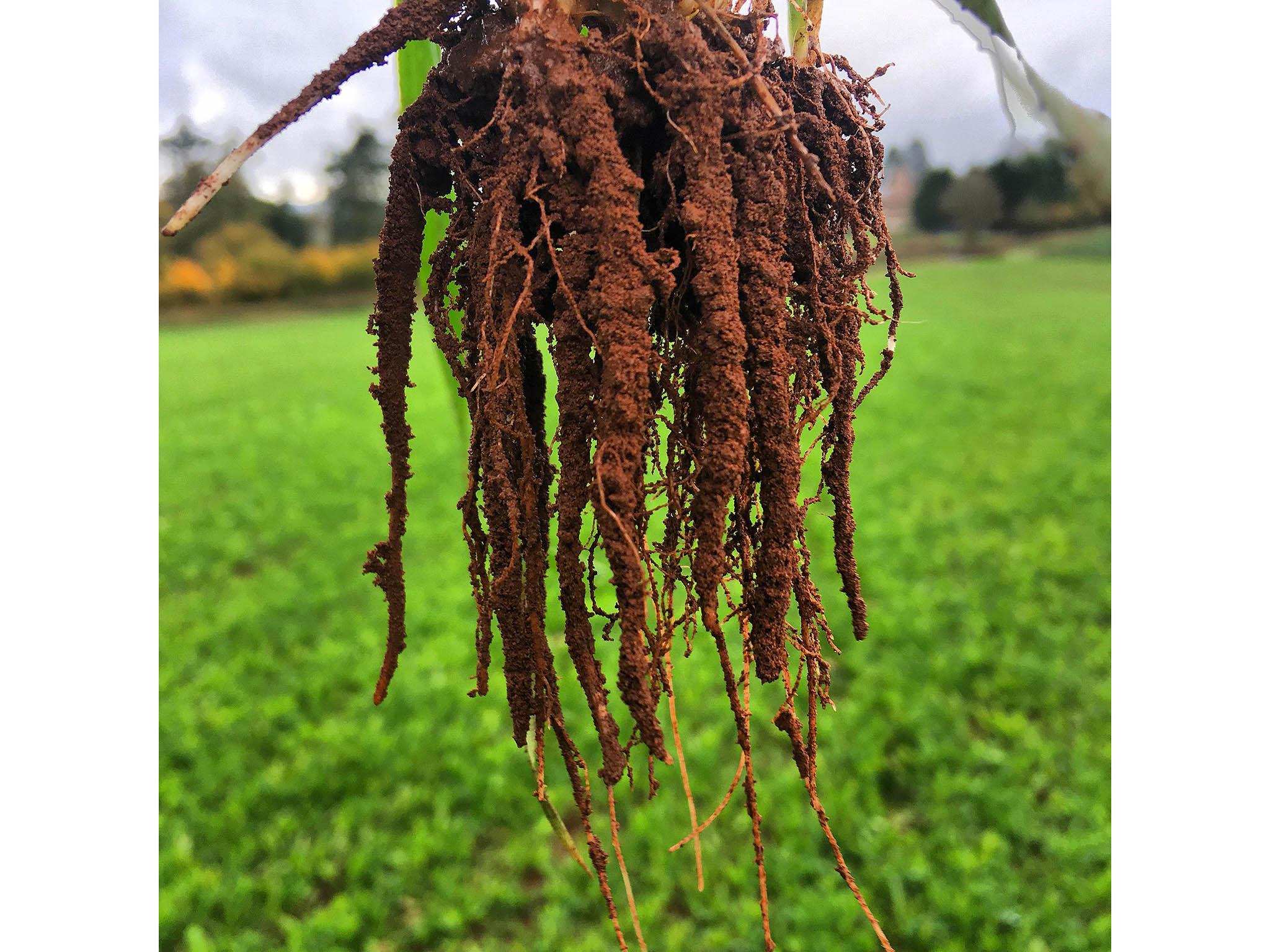
It tastes different, too.
“We don’t go to butchers and say ‘taste our beef, it’s amazing’,” says Neil Heseltine from Hill Top Farm in Yorkshire.
“We say ‘our beef is 100 per cent grass fed. We don’t use routine antibiotics. Our animals are benefitting the natural environment and we don’t kill our bullocks until they are at least four years old.’
What is Regenerative Agriculture
Regenerative Agriculture is all about naturally restoring soil health. Broadly speaking, this is by planting a variety of crops that stores carbon and adds nitrogen
More carbon is the basis of soil fertility, enabling the release of nutrients for plants to grow. More carbon in the earth also means less carbon in the atmosphere, which is better for climate change
Nitrogen is also vital because it helps plants to photosynthesis and is important for plant growth and structure
When you prioritise soil health it forces you to farm more in tune with nature and this leads to more biodiversity, and more nutritionally rich food
The best way to do this is to use pasture-fed animals as part of arable farming systems, growing grass and cover crops to feed to livestock that then fertilise the soils with their dung and help to regrow soil structure
“The taste of the beef speaks for itself.”
Grass roots movement
There has been a lot of talk about the future of British farming post Brexit, which, of course, was already meant to have happened by the time you’re reading this.
But a growing number of farmers are turning their backs on industrialisation and producing food differently – and better.
Regenerative Agriculture is the name given to this rising trend that prioritises soil health across all areas of farming. It was gaining traction way before reports that we have just 30-40 harvests left hit the headlines last year.
Arguably, it’s farming regressing back to before the agrochemical revolution; the best of Pasture for Life and organic. It’s no coincidence the UK’s largest organic certifier is called the Soil Association.
But it’s also being appropriated by the next generation of farmers, who are experiencing first hand the difficulties of growing crops in soil that has been fed a relentless concoction of herbicides, fertilisers and pesticides.
They’re not just toiling in the fields. They’re also monitoring soil activity, collecting data and sharing knowledge in WhatsApp groups and on social media, writing blogs and recording award-winning podcasts.
Instagram, especially, is helping to bring the message from farms to city plates, drawing in food lovers with photos of piglets in lush green fields, fatty steaks and giant purple artichokes.
It doesn’t get much more geek-chic than coupling these images with captions about sequestering carbon in soil and it’s no wonder these media savvy farmers are fast catching up with chefs in becoming the next superstars of food.
Regenerative agriculture vs veganism
“Livestock plays a huge role in this farming approach, with grazing animals being essential for locking carbon into the soil, rather than being vilified as methane-producing, climate change-inducing monsters,” says Matt Chatfield founder of the Cornwall Project, which links farmers to London chefs helping to increase demand for produce farmed in this way.
He works with the likes of Fred Price, who is an arable farmer from Somerset firmly focused on heritage grains, popular with craft bakeries.
Price now also produces highly coveted pork available at Ben Chapman’s London restaurants Smoking Goat and Kiln.
Price admits that when he took over his aunt’s 250-acre farm 10 years ago he had a chip on his shoulder and wanted to prove that small family farms could be viable as a way to feed the world.
“I transformed yield from eight to 11 tonnes per hectare,” he says.
“But I was less profitable and spending more on agrochemicals. This type of farming is a broken model – it’s literally kicking the can (of chemicals) down the road. The more you grow, the more fertiliser you have to use because each harvest the soil is more degraded.”
After trying to “break out of the cycle without falling off a cliff”, Price has switched his focus on one-third of the farm to just one measurable aspect – the amount of carbon in the soil.
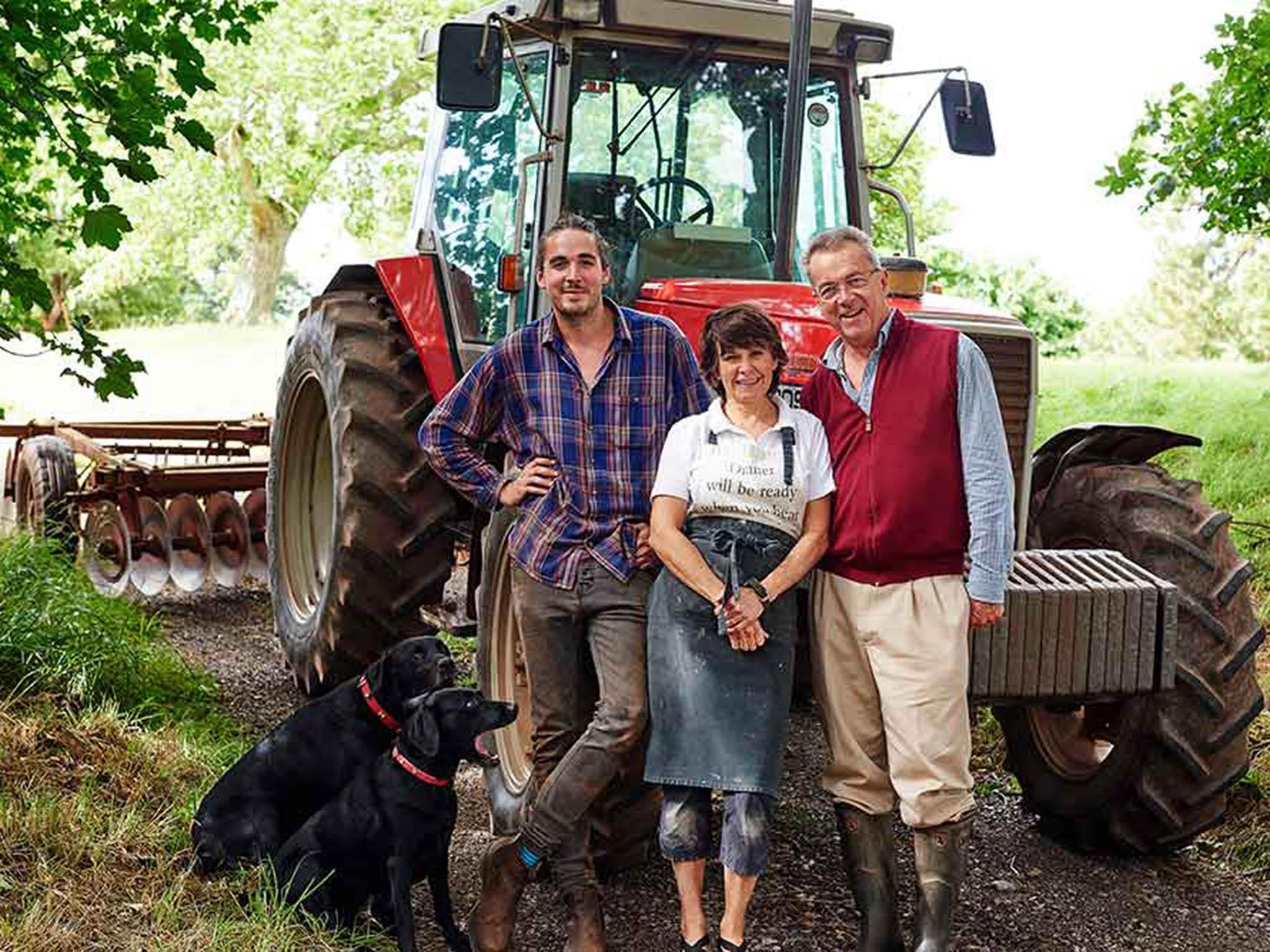
Price believes carbon is the driving nutrient for soil health: “If I can measure every action on the basis of whether it’s good or bad for carbon in the soil, then it gives me a whole list of things I should and shouldn’t do – plant cover crops, till the soil less, introduce farmyard manure as fertiliser – and everything else follows.”
Organic and Pasture for Life
Organic standards have the highest animal welfare standards in commercial farming systems and drastically limit the use of fertilisers or herbicides. Organic farmers can feed their animals a limited about of (organic) grains
Pasture For Life standards mean animals have to be reared outside on a 100 per cent grass based diet. They do permit the use of fertilisers and herbicides, although it is discouraged, and a 2018 survey demonstrates that usage falls as pasture management changes
As such, he has brought pigs into his arable system – and was able to do so because he had a guaranteed market for his meat.
This led to Price to planting lucerne, which isn’t a profitable crop to sell but it has a value as pig feed and helps to fix nitrogen in the soil – and this is an investment in the future.
And so the positive cycle continues.
Oli Baxter and Sally Hole are also Cornish arable farmers who are planning to introduce chickens to their fields of rhubarb, strawberries and gooseberries grown for chef-favourite wholesaler Natoora and Simon Rogan’s two-Michelin star restaurant, L’Enclume.
Before they took over the 10-acre Mora Farm it had been used to grow crops conventionally.
“It was poor and hungry land, we took a longer term view to increase organic matter,” Baxter says.

They believe chickens will help to maintain the grass and be good for pest control as they have a penchant for the sawflies that feast on their prized gooseberries.
Forward thinking dairies
Regenerative Agriculture is extending to every area of food production, with promising results.
Sam Bullingham and Katie Bray of Taw River Dairy in Devon also keep bees, which play an important role in the pollination of their herbal and grass leys, increasing biodiversity within each field. They believe their low intensity farming methods means their 400 acre farm traps more carbon in the soil than it releases.
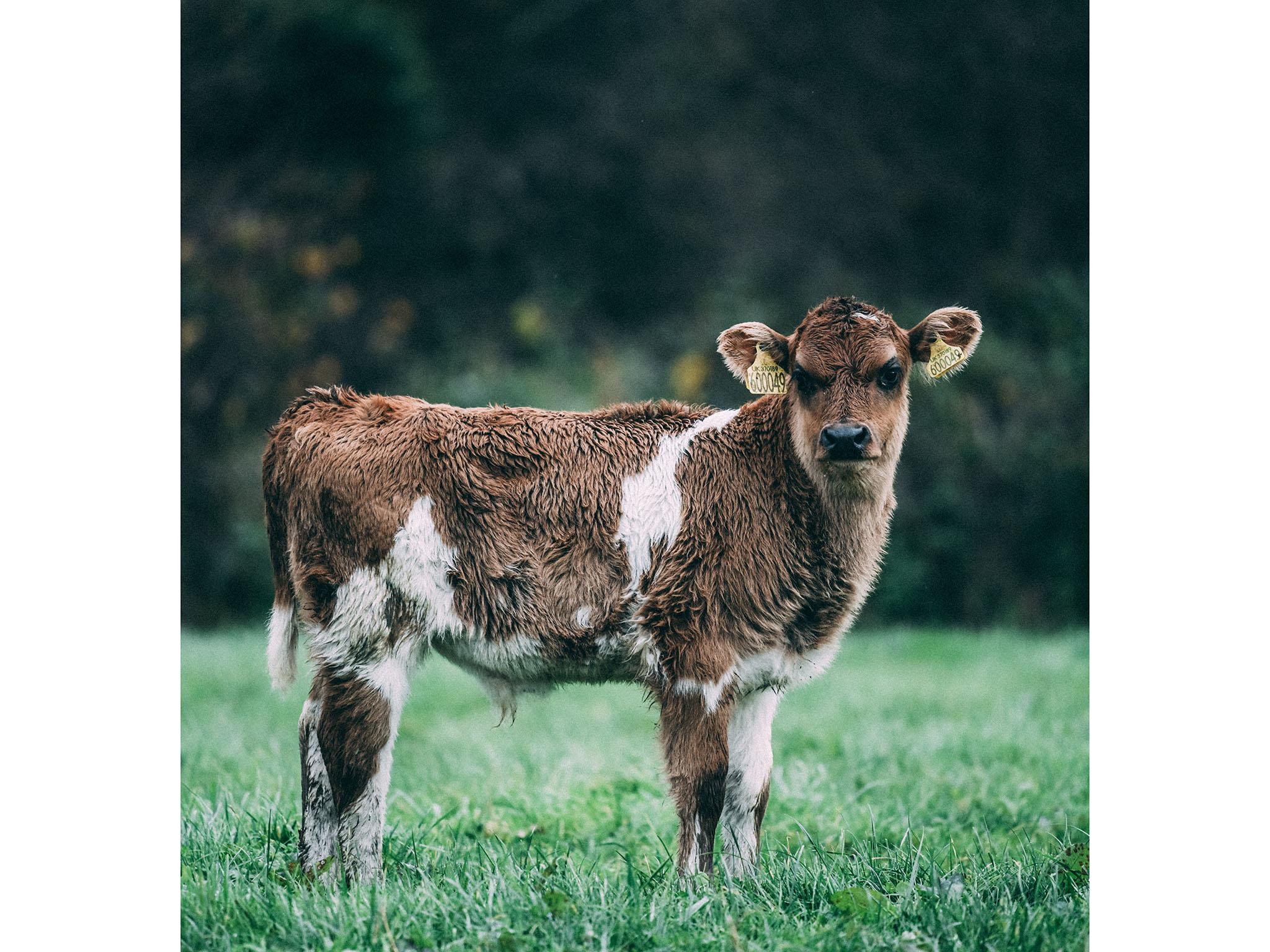
The couple produce, pasteurise and process milk and ice-cream on site to supply local shops and restaurants, ensuring their carbon footprint is as low as possible.
Similarly, Stroud Micro Dairy is a community supported farm that’s just doubled in size to 31 acres so it can double the size of its herd of 13 cows.
Award-winning rich and creamy raw milk, keffir and yoghurt are the by-products of founder’s Kees Frederiks goals to restore land using grazing animals and milking equipment from the 1980s.
“Our reason for existing is to heal the land and the best way to do that is with a ruminant. Grass has co-existed with cows for millennia and this interdependence makes the restoration of land a lot easier from a biological point of view,” says Frederiks.
“The purpose of selling dairy products is to enable me to muck around with soil.”
Another by-product of this type of farming is community spirit. After their launch party in 2017 they had 40 people waiting for weeks for the first calves to be born. That support is still there in the form of people who come with their glass bottles to buy a litre of milk for £1.75 from the raw milk vending machine – a glorified honesty box.
Fiona Provan is the founder of the pioneering The Calf at Foot Dairy. This is the dairy system where calves stay with their mums until they are of natural weaning age instead of being separated at birth as they are in conventional systems. Cows are typically milked for human consumption once a day, with the rest of the milk reserved for the calf.
Provan has just trademarked the term to ensure the high welfare and environmental standards don’t become watered down as this style of dairy farming becomes more common. She sells her milk all over the country and is oversubscribed in terms of demand.
Even vegans were buying cheese – for friends or family – in support of The Ethical Dairy’s crowdfunding campaign, last year.
Time and time again, when presented with the facts, consumers are showing our support for genuinely sustainable farming. Regenerative Agriculture in its purest form is a system where everyone wins – the farmer, the animals, our health and the environment.
Join our commenting forum
Join thought-provoking conversations, follow other Independent readers and see their replies
Comments